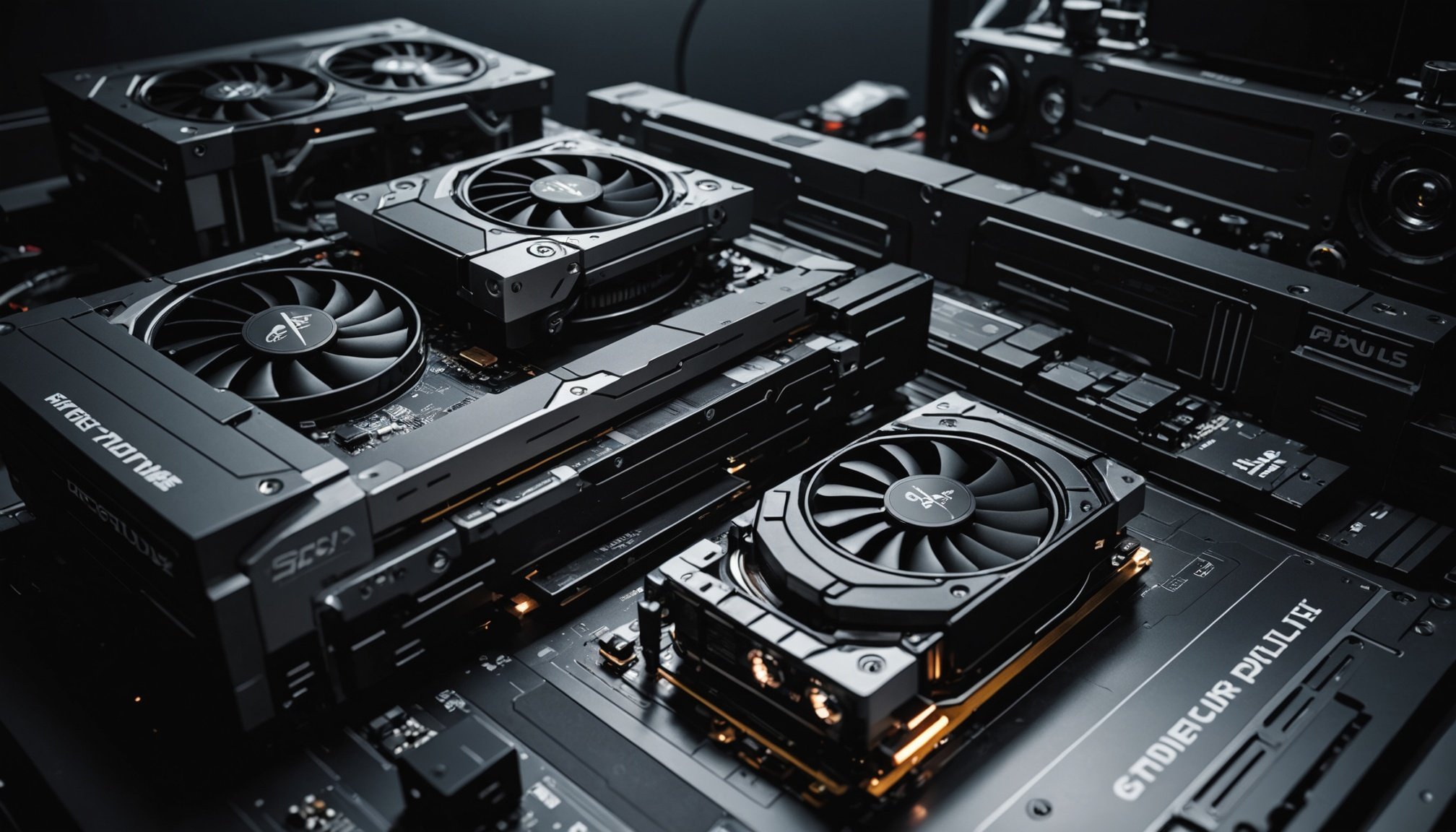Understanding Integrated Graphics
Integrated graphics have undergone significant advancements, offering reliable performance for various computing tasks. Unlike dedicated GPUs, which are separate components with their own memory, integrated graphics are built into the CPU and share the system’s RAM. This integration is one of the reasons why they are more cost-effective and consume less power.
When it comes to gaming, the performance of integrated graphics has improved, though they still lag behind dedicated GPUs in high-demand scenarios. For instance, while integrated graphics can handle older or less resource-intensive games at moderate settings, they struggle with newer, graphically intensive titles. This makes them suitable mainly for casual gamers who prefer games with minimal graphical demands.
In parallel : Top gaming keyboard features for peak performance: what to consider?
In terms of performance metrics, integrated graphics often yield lower frame rates and resolution settings compared to their dedicated counterparts. This discrepancy becomes evident when analyzing gaming suitability, as players seeking immersive experiences with high-quality visuals will typically find dedicated GPUs more fulfilling.
In conclusion, integrated graphics present a viable option for budget-conscious individuals with modest gaming requirements, while dedicated solutions are recommended for those seeking higher performance and gaming quality.
This might interest you : Understanding hardware compatibility: tips for matching your components perfectly
Performance Comparison
Understanding the nuances of gaming performance between integrated and dedicated GPUs is essential for making informed decisions. Benchmarks offer insight into how each type performs in popular games. Integrated graphics generally deliver lower frame rates and resolutions, affecting the overall gaming experience. This difference is primarily due to limited memory and power available to integrated solutions. For most titles, dedicated GPUs significantly outperform integrated ones, especially in visually demanding scenarios.
Benchmark Analysis
Performance metrics reveal that popular games run smoother on dedicated GPUs. Benchmarks frequently show these GPUs achieving higher scores, which translates into less lag and better graphics quality. The superior performance of dedicated GPUs allows for higher settings without sacrificing fluid gameplay, a vital aspect for those seeking immersive experiences.
Real-World Gaming Scenarios
In real-world gaming, hardware dramatically impacts the player’s experience. Case studies comparing integrated versus dedicated setups clearly demonstrate how dedicated systems offer enhanced gaming quality, especially in fast-paced or graphically intense games. As players choose hardware, these scenarios highlight the tangible benefits dedicated GPUs provide.
Future Trends in Graphics Technology
Emerging technologies continue to shape the landscape. Experts anticipate further developments in both integrated and dedicated GPU technologies, driving shifts in gaming suitability. Enhanced efficiency and capabilities are expected, providing more options for gamers across all levels.
Cost-Effectiveness and Value
In evaluating the cost-effectiveness of gaming systems, it’s crucial to understand the difference between setups using integrated graphics and those with dedicated GPUs. Integrated graphics offer an affordable entry point, particularly appealing for budget-conscious gaming needs. Their reduced cost stems from utilizing the CPU’s shared memory, eliminating the need for separate GPU components.
Price disparities are evident, with dedicated GPUs commanding higher premiums owing to their superior performance and gaming quality. These discrete GPUs promise enhanced performance but require a more significant upfront investment, reflecting their capability to handle more graphically demanding games efficiently.
Long-term value is a deciding factor for many. While dedicated setups offer robust upgrade paths, allowing users to replace just the GPU for performance boosts, integrated setups often require comprehensive system upgrades. This can impact both future costs and the perceived value of the initial investment.
Evaluating cost-effectiveness hinges on individual preferences. For gamers whose needs align with casual or less intensive gaming, integrated graphics provide substantial value. Conversely, those seeking performance-centric experiences may find dedicated GPUs a wiser investment, despite the higher initial expenditure. Understanding your specific gaming aspirations and budget constraints is pivotal in making the most informed decision.
Expert Recommendations
Selecting the right graphics setup hinges on your gaming requirements and budget. For casual gamers, integrated graphics offer a cost-effective and sufficient solution. Their low power consumption and affordability make them attractive for those who enjoy titles with modest graphical demands. However, they do not meet the needs of players seeking high performance.
Competitive gamers, on the other hand, are better suited with dedicated GPUs. These offer superior performance and gaming quality, excelling in graphically intense scenarios. The architecture of dedicated GPUs supports higher frame rates and resolution, critical for an immersive and lag-free experience.
Experts suggest evaluating your specific gaming aspirations before choosing. For those who dabble occasionally in gaming or prefer strategic over visually intensive games, an integrated system might suffice. Conversely, if your preferences include fast-paced, graphics-rich games, investing in a dedicated GPU is advised.
For both options, optimizing performance involves monitoring system requirements and periodically upgrading components. Industry experts recommend considering your current and future gaming preferences to ensure that your hardware aligns with your expectations. Always weigh the cost-effectiveness against the gaming quality you aim to achieve.
Overview of Dedicated GPUs
Dedicated GPUs, distinct from integrated graphics, are standalone components primarily designed for high performance and superior gaming quality. These units have their own memory, known as VRAM, which allows them to handle complex graphical tasks without relying on the system’s RAM. This architecture enables them to deliver exceptional performance in graphically demanding applications and games, providing smoother frame rates and higher resolutions.
Key advantages of dedicated GPUs include:
- Enhanced gaming quality: Capable of running high-intensity games at their best settings.
- Performance superiority: Excel in rendering detailed textures, lighting effects, and other graphical aspects.
- Versatile use: Ideal for gamers, content creators, and professionals working with 3D modeling or video editing.
Recommended use cases for dedicated GPU users primarily lie within scenarios demanding high performance. For competitive gamers who prioritise fast reaction times and immersive visuals, the investment in dedicated GPUs is justified. In environments requiring robust graphical processing, such as virtual reality or professional-grade simulations, dedicated GPUs provide the necessary power and reliability, ensuring tasks are completed efficiently and with greater detail.






